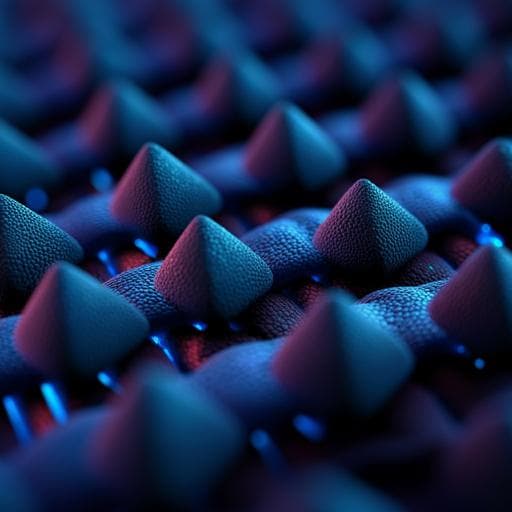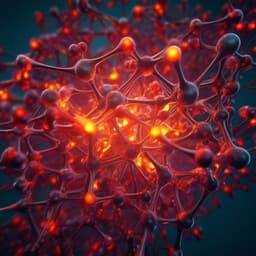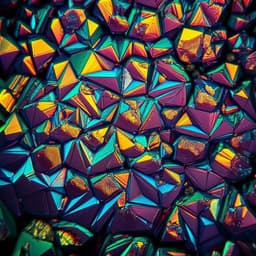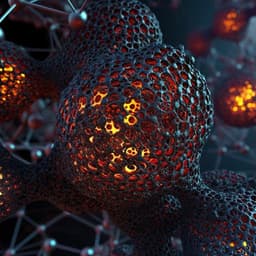
Engineering and Technology
Versatile self-assembled electrospun micro-pyramid arrays for high-performance on-skin devices with minimal sensory interference
J. Zhang, Z. Li, et al.
Discover the innovative potential of electrospun micropyramid arrays (EMPAs) in on-skin devices for physiological monitoring, pressure sensing, and bioenergy harvesting. This exciting research reveals a remarkable -4°C temperature drop and highlights the future of flexible healthcare solutions, conducted by a team of dedicated authors.
~3 min • Beginner • English
Related Publications
Explore these studies to deepen your understanding of the subject.







